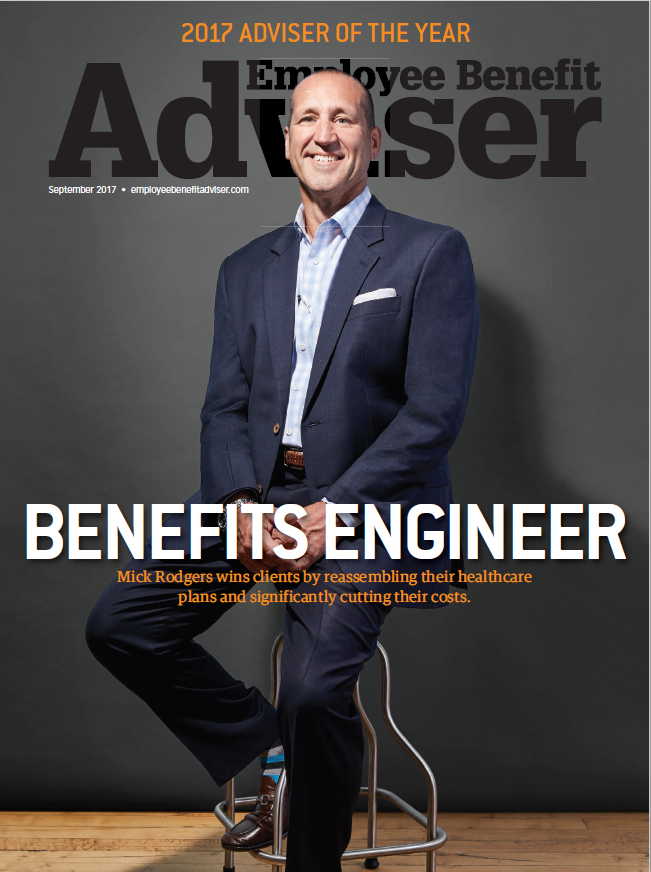There is a Movement Happening in Employee Benefits

An excerpt from the Amazon Bestseller Breaking Through the Status Quo:
Healthcare benefits program design is a complex process; as with many
complicated processes, it requires tremendous expertise enabled by
advanced technology to fully understand and navigate the many industry
variables. Advances and changes in medical technology, regulations and
controls, new prescription drug mandates, and evolving healthcare coding
requirements are all factors that are moving at a very rapid pace. All of
these have had dramatic effects on the increasing cost of an employer to
offer comprehensive healthcare to their employees.
In addition, employee benefits are a big part of employee satisfaction and retention, which both correlate to organizational productivity and profitability. Therefore, there is an added element of pressure to find the perfect balance of benefits that meet employee expectations and financial requirements.
From an industry progression perspective, the first significant milestone
in the transition to a new healthcare benefits purchasing model began with
data-driven analyses by buyers in pockets throughout the U.S. in the early
2000s. At that time, the complexity of healthcare coding had surpassed the
capabilities of standard evaluation methodologies, making it extremely
difficult and inefficient to fully understand benefits usage. Advisers, and
subsequently, purchasers, were at a disadvantage as they were faced with
buying benefits based on projected population-based usage and not actual
usage for their employee population. This resulted in expensive plans and
diminished confidence in coverage.
The introduction of direct usage-based benefits allowed organizations
to leverage the healthcare data of their employee population to optimize
plans based on the benefits they used and not what they didn’t. This model
gave more control to the buyers’ community and initiated a power shift that
became a catalyst for change across the industry. As it became more widely
adopted, so did the mentality for transformation.
If you would like to read the full chapter, please click here:






.png)
.png?width=196&height=51&name=Untitled%20(7).png)